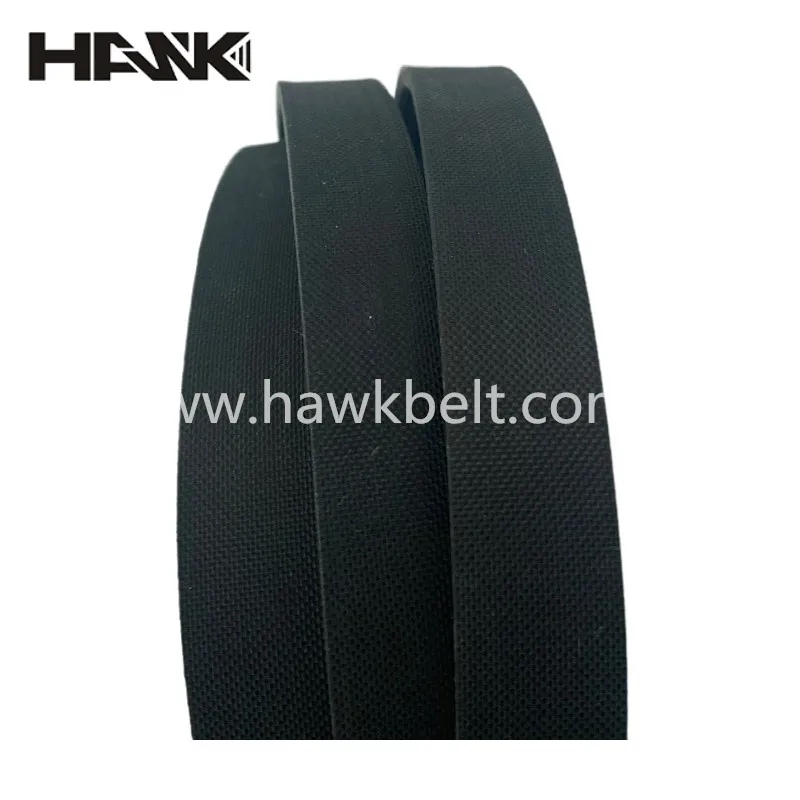- Arabic
- French
- Russian
- Spanish
- Portuguese
- Turkish
- Armenian
- English
- Albanian
- Amharic
- Azerbaijani
- Basque
- Belarusian
- Bengali
- Bosnian
- Bulgarian
- Catalan
- Cebuano
- Corsican
- Croatian
- Czech
- Danish
- Dutch
- Afrikaans
- Esperanto
- Estonian
- Finnish
- Frisian
- Galician
- Georgian
- German
- Greek
- Gujarati
- Haitian Creole
- hausa
- hawaiian
- Hebrew
- Hindi
- Miao
- Hungarian
- Icelandic
- igbo
- Indonesian
- irish
- Italian
- Japanese
- Javanese
- Kannada
- kazakh
- Khmer
- Rwandese
- Korean
- Kurdish
- Kyrgyz
- Lao
- Latin
- Latvian
- Lithuanian
- Luxembourgish
- Macedonian
- Malgashi
- Malay
- Malayalam
- Maltese
- Maori
- Marathi
- Mongolian
- Myanmar
- Nepali
- Norwegian
- Norwegian
- Occitan
- Pashto
- Persian
- Polish
- Punjabi
- Romanian
- Samoan
- Scottish Gaelic
- Serbian
- Sesotho
- Shona
- Sindhi
- Sinhala
- Slovak
- Slovenian
- Somali
- Sundanese
- Swahili
- Swedish
- Tagalog
- Tajik
- Tamil
- Tatar
- Telugu
- Thai
- Turkmen
- Ukrainian
- Urdu
- Uighur
- Uzbek
- Vietnamese
- Welsh
- Bantu
- Yiddish
- Yoruba
- Zulu
Sep . 01, 2024 23:25 Back to list
4PK Belt Sizes - Guide for Optimal Fit and Performance
Understanding 4PK Belt Sizes What You Need to Know
When it comes to automotive maintenance and repairs, one of the most critical components to consider is the drive belt. Among the various types available, the 4PK belt size is particularly popular for its versatility and reliability. Understanding what 4PK belts are and how to choose the right size for your vehicle is essential for ensuring optimal performance and longevity.
What is a 4PK Belt?
The designation 4PK refers to a specific type of ribbed belt, commonly used in automobiles for various applications, including powering the alternator, power steering pump, and air conditioning compressor. The 4 indicates that the belt has four ribs, while PK is a standard prefix that denotes it as part of the poly-V or serpentine belt family. These belts are made of high-quality rubber compounds, designed to withstand the stresses of automotive engines and provide smooth power transmission.
Importance of Correct Sizing
Proper sizing is crucial when it comes to replacing a belt. An improperly sized belt can lead to various issues, including slipping, excessive wear, overheating, and even complete failure. To ensure optimal performance, it’s essential to select a belt that matches your vehicle's specifications exactly. The size of a 4PK belt generally consists of the number of ribs (in this case, 4) followed by the length, typically measured in millimeters.
For example, a 4PK belt size might be specified as 4PK850, where 850 indicates that the belt is 850 millimeters long. Understanding these measurements is vital for ensuring that the belt fits properly within the engine's pulley system.
4pk belt sizes

How to Measure
If you’re replacing an old belt and don’t have access to the part number, measuring the existing belt is possible. First, remove the belt from the pulleys and lay it out flat. Use a tape measure to determine the length from one end to the other, accounting for the ribs. Also, count the number of ribs present. This information will help you find the correct 4PK belt size based on the measurements and the vehicle manufacturer's specifications.
Installation and Maintenance
Installing a 4PK belt is a straightforward process, but there are some critical steps to follow. First, ensure that the engine is off and cool before beginning any work. It’s a good idea to take photographs of the engine layout before removing the old belt, which can serve as a helpful guide during reinstallation. Once the new belt is in place, check the tensioning system. Proper tension is essential for the belt to function effectively and to avoid premature wear.
Routine maintenance checks on your 4PK belt can prevent unexpected breakdowns. Inspecting for signs of wear, such as cracks, fraying, or glazing, can help you catch potential problems early. If any issues are detected, it’s wise to replace the belt promptly.
Conclusion
In summary, understanding 4PK belt sizes and their importance in your vehicle will allow for better maintenance and longevity of your engine components. Choosing the right size is vital to avoid complications and ensure that your vehicle runs smoothly. Regular maintenance and timely replacements are key to prolonging the life of your 4PK belt and maintaining overall vehicular performance.
-
High-Quality Tensioner Belt Pulley - Durable & Efficient
NewsAug.03,2025
-
Premium Timing Belt Factory | AI-Optimized Solutions
NewsAug.02,2025
-
Premium Custom V Belts Enhanced with GPT-4 Turbo AI
NewsAug.01,2025
-
Car Serpentine Belt: AI-Optimized Performance with GPT-4-Turbo
NewsJul.31,2025
-
Heat Joining Drive Belt | High-Durability Fusion Solution
NewsJul.31,2025
-
Timing Belt Video Guide: Selection, Design & Quality Insights
NewsJul.30,2025

